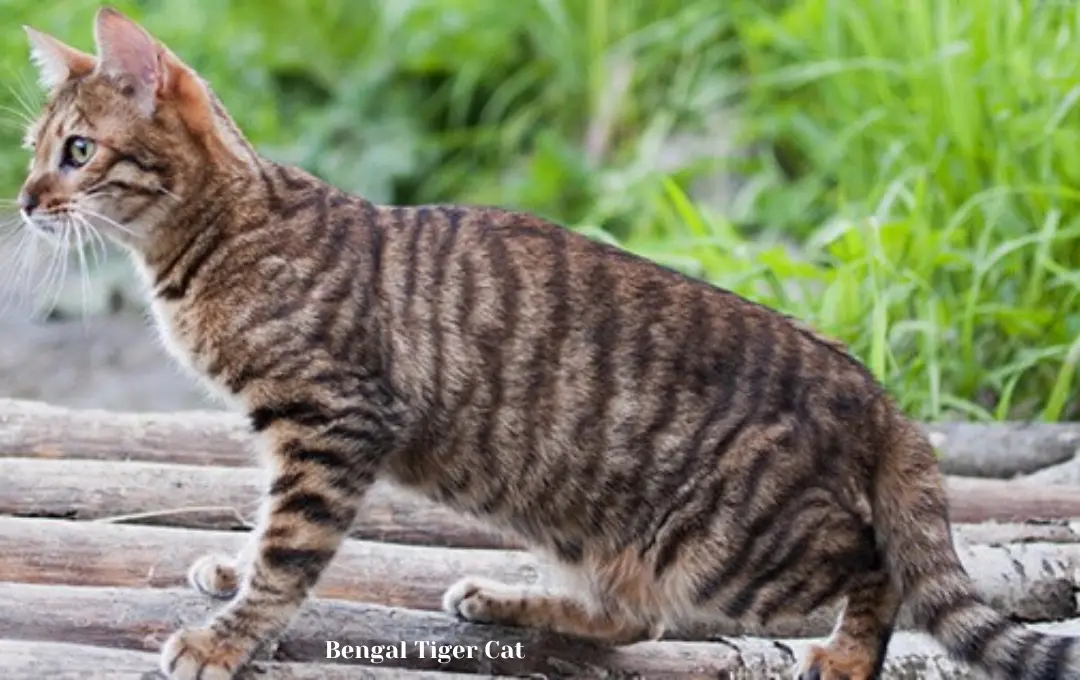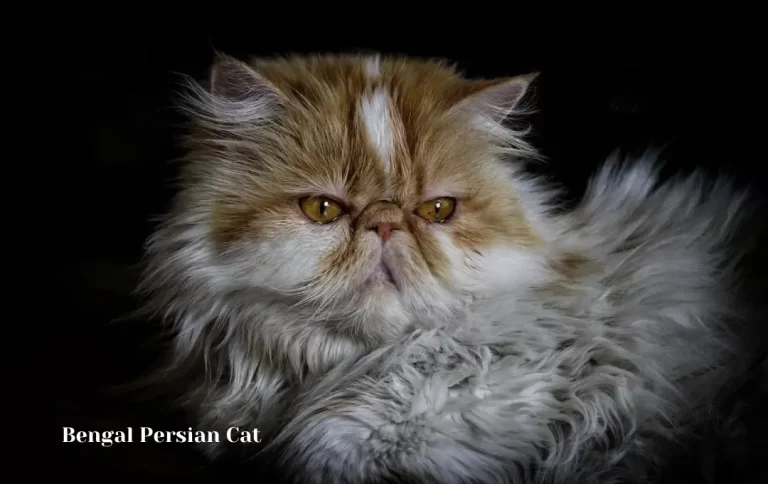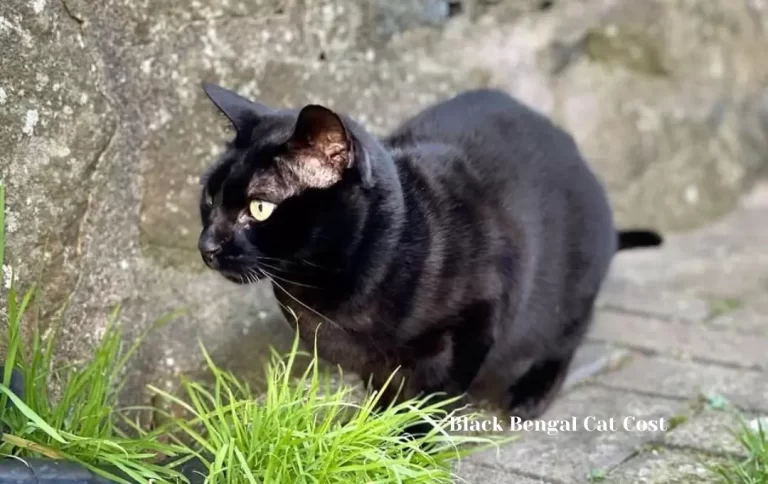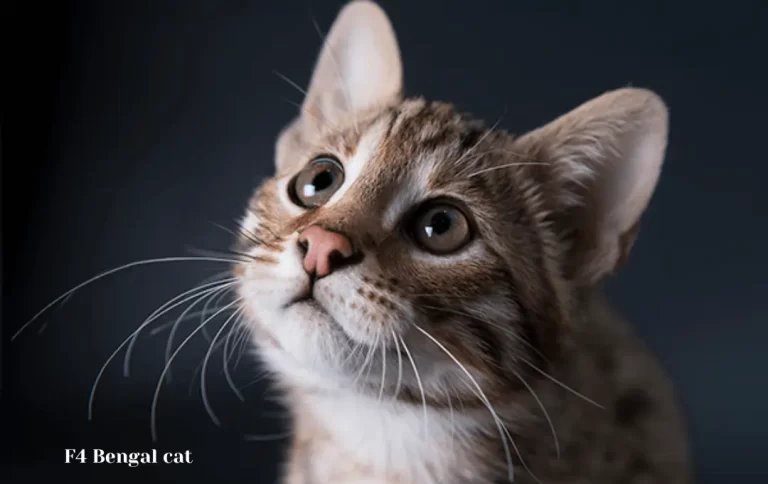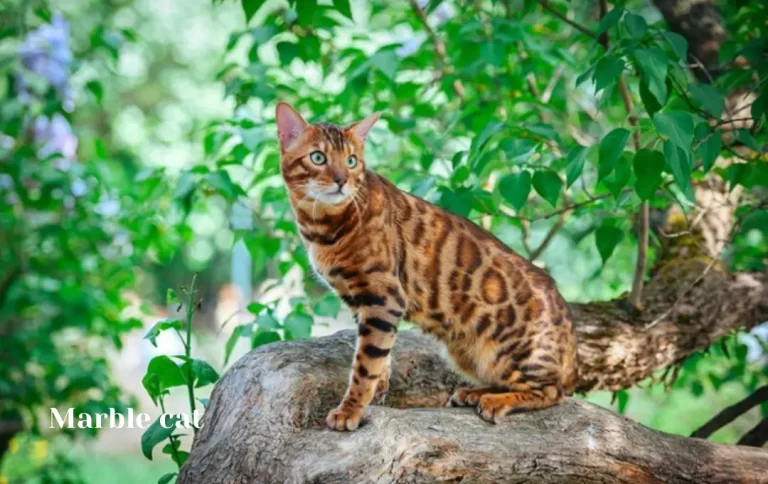Competitive Bengal Tiger Cat Price | Bengal Cat Prices in 2023
Due to their striking appearance and likeness to their wild counterparts, Bengal tiger cats have become a highly sought-after breed in the world of exotic feline companions. However, depending on a wide range of variables, the price of having one of these special cats can vary considerably. In this extensive guide, we dig into the realm of Bengal tiger cat prices, explaining what influences these costs and exploring if they are in line with the value these magnificent animals add to our lives.
The Allure of Bengal Tiger-Cats
Bengal tiger cats are a crossbreed between domestic cats and the Asian leopard cat. This breeding has resulted in a captivating appearance marked by their distinctive coat patterns reminiscent of the wild Bengal tiger. With their stunning rosettes and sleek coats, Bengal tiger cats have captured the hearts of many cat enthusiasts, making them a coveted addition to households around the world.
Understanding Bengal Cat Breeds
Before delving into the intricate details of Bengal tiger cat prices, it’s essential to understand the different generations and types of Bengal cats available. From F1 (first-generation) to SBT (Stud Book Tradition) generations, each classification has unique characteristics that can influence their price tags. This section provides an in-depth exploration of the various Bengal cat breeds and their traits.
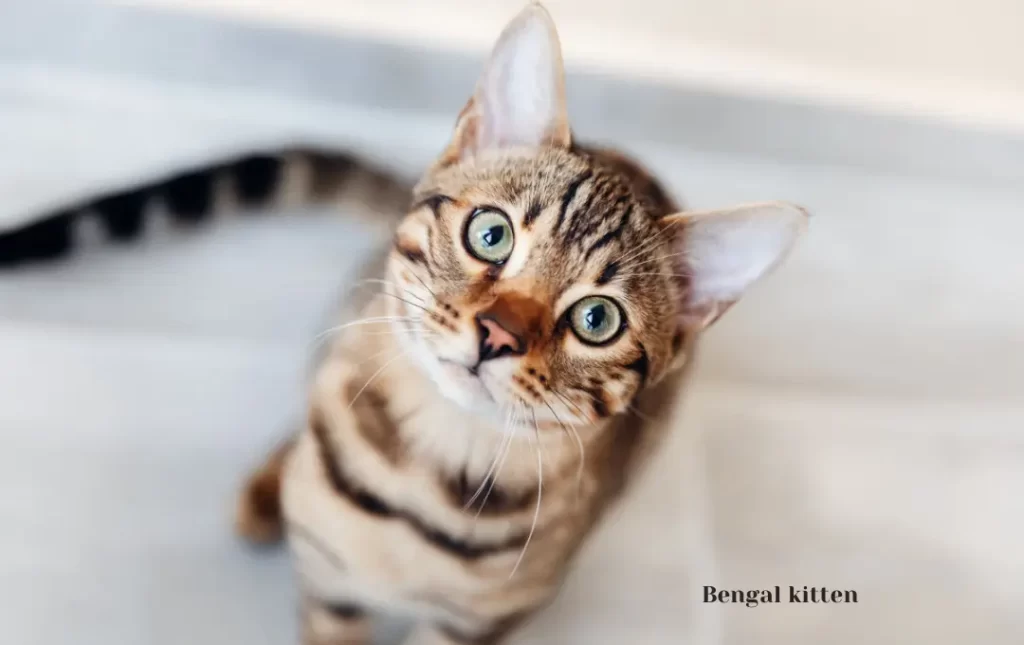
Factors Influencing Bengal Tiger Cat Prices
Several key factors play a role in determining the Bengal tiger cat price. These include generational classification, appearance, coat patterns, pedigree, and lineage, as well as the age of the cat. We analyze each of these factors individually, offering insights into how they impact the overall cost of owning a Bengal tiger cat.
Generational Classification
Bengal cats, with their captivating appearance and hybrid origins, are classified into different generations based on their lineage and how far removed they are from their wild ancestors. These generational classifications play a crucial role in determining the characteristics, temperament, and price of Bengal tiger cats. In this section, we’ll explore the various generational classifications and their significance in the world of Bengal cat breeding.
Appearance and Coat Patterns
The distinctive appearance and striking coat patterns of Bengal tiger cats contribute significantly to their allure and market value. These cats are renowned for their resemblance to their wild counterparts, the Bengal tigers, and their coats showcase a wide range of colors, patterns, and textures. In this section, we will delve into how appearance and coat patterns influence the pricing of Bengal tiger cats.
Pedigree and Lineage
The world of Bengal tiger cats is not only defined by their stunning appearance and coat patterns but also by their pedigrees and lineages. The pedigree of a Bengal cat holds valuable information about its ancestry, genetics, and the reputation of its breeders. In this section, we will explore how pedigree and lineage influence the pricing of Bengal tiger cats.
Age of the Cat
When it comes to pricing Bengal tiger cats, one often overlooked but significant factor is the age of the cat. The age at which a Bengal cat is offered for sale can have a notable impact on its price. In this section, we’ll explore how the age of the cat influences its cost and what potential buyers should consider.
Kittens: Kittens are the youngest and most common age group of Bengal tiger cats available for purchase. They are usually between 8 to 12 weeks old when they are ready to go to their new homes. Bengal kitten prices are typically higher than those of older cats due to the demand for young, playful, and trainable companions. Additionally, kittens offer the advantage of forming strong bonds with their new families from an early age.
Adolescents and Young Adults: Bengal cats in the adolescent to young adult range, typically between 6 months and 2 years old, offer a balance between the energy of kittens and the more settled nature of mature cats. They often retain their playful behaviors and are more socialized, making them a great choice for families or individuals looking for a cat that has already developed some of its personality traits.
Adults: Adult Bengal cats, usually over 2 years old, are often available at lower prices than kittens or younger cats. Adopting an adult Bengal can be a wonderful choice for those seeking a cat that’s past its hyperactive kitten stage, is more settled in its behavior, and is fully grown, allowing you to see its final size and appearance. Many adult Bengals are already trained and well-adjusted to a home environment, making the transition easier for both the cat and the new owner.
Seniors: Senior Bengal cats, aged around 8 years and older, are also available for adoption at lower prices. Adopting a senior cat can be incredibly rewarding, as these cats often have gentle, calm personalities and are in need of a loving home for their golden years. Senior Bengals may require additional medical care and attention, so potential owners should be prepared for potential healthcare costs.
Price Implications: The age of a Bengal tiger cat plays a significant role in determining its price. Kittens are generally priced the highest due to their demand, potential for bonding with new families, and the excitement of raising a young cat. Adolescent and young adult Bengals are priced moderately, offering a balance between youthful energy and more established behavior. Adult and senior Bengals are typically more affordable due to their age and potential need for additional care.
Considerations for Buyers: When deciding on the age of the Bengal cat to bring into your home, consider your lifestyle, preferences, and the amount of time you can dedicate to a younger or older cat. Kittens require more time and attention, while adult and senior Bengals may be more suitable for individuals or families with a quieter lifestyle. Adopting an older cat can be incredibly fulfilling and offers a chance to provide a loving home to a cat that might otherwise have trouble finding one.
Costs Beyond the Initial Price
While the initial purchase price is a significant consideration, potential Bengal cat owners must also be aware of the ongoing costs associated with their care. This section breaks down the additional expenses that come with bringing a Bengal tiger cat into your home, including veterinary care, maintenance, training, socialization, and providing suitable housing and accessories.
Veterinary Expenses for Bengal Tiger-Cats
Bringing a Bengal tiger cat into your home is an exciting and fulfilling experience, but it’s important to recognize that the initial cost of acquiring the cat is just the beginning. One of the most significant ongoing expenses for cat ownership is veterinary care. In this section, we’ll delve into the various veterinary expenses associated with Bengal tiger cats and how to budget for their well-being.

Are Bengal cats expensive to care for?
Taking care of your Bengal cat’s health is essential. Initial costs to spay or neuter your cat as well as microchip them will be around $190.
Routine Check-ups: Just like any other pet, Bengal tiger cats require regular veterinary check-ups. These visits are crucial for ensuring your cat’s overall health and well-being. During routine check-ups, the veterinarian will examine your cat, update vaccinations, perform preventive treatments (such as parasite control), and address any emerging health concerns.
Vaccinations: Vaccinations are essential for preventing various diseases that can affect your Bengal cat’s health. Common vaccinations for cats include those against feline distemper, rabies, and respiratory infections. Your veterinarian will recommend a vaccination schedule based on your cat’s age, health, and potential exposure to certain risks.
Preventive Treatments: Bengal cats, like all cats, require regular preventive treatments for parasites such as fleas, ticks, and intestinal worms. These treatments are necessary to keep your cat healthy and prevent infestations that can lead to more serious health issues.
Spaying or Neutering: If your Bengal cat is not already spayed or neutered when you acquire them, it’s important to factor in the cost of this procedure. Spaying or neutering helps control the cat population and can also have health and behavioral benefits for your cat.
Emergency and Illness Care: Despite your best efforts to keep your Bengal cat healthy, emergencies and illnesses can still arise. Budgeting for unexpected medical expenses is crucial, as emergency veterinary care can be costly. Having a pet insurance policy can help offset some of these costs.
Dental Care: Dental health is often overlooked but critical for your Bengal cat’s overall well-being. Regular dental cleanings, as well as proper dental care at home, can prevent dental issues and related health problems.
Specialized Care: Depending on your Bengal cat’s age and health, they may require specialized care. This could include treatments for chronic conditions, specialized diets, or even surgeries. It’s important to discuss your cat’s specific needs with your veterinarian.
Budgeting for Veterinary Expenses: To effectively budget for your Bengal cat’s veterinary expenses, consider the following steps:
- Research and choose a reputable veterinarian with experience in treating Bengal cats.
- Inquire about the costs of routine check-ups, vaccinations, preventive treatments, and potential surgical procedures.
- Set up a separate savings fund or consider pet insurance to cover unexpected medical costs.
- Regularly assess your cat’s health and behavior to catch any potential issues early.
Maintenance Costs for Bengal Tiger-Cats
Owning a Bengal tiger cat is a rewarding experience, but it’s important to recognize that there are ongoing maintenance costs involved in providing the best care for your feline companion. From daily necessities to enriching their environment, these costs contribute to ensuring the well-being and happiness of your Bengal cat. In this section, we’ll explore the various maintenance costs associated with Bengal tiger cat ownership.
- Feeding: Proper nutrition is essential for your Bengal tiger cat’s health and vitality. High-quality cat food that meets their dietary needs is a must. The cost of cat food varies depending on the brand, type (dry or wet), and specific nutritional requirements of your cat. It’s important to consult your veterinarian for recommendations on the best diet for your Bengal cat.
- Litter and Litter Boxes: Bengal cats, like all cats, require a clean and comfortable place to relieve themselves. This means investing in litter, litter boxes, and potentially litter mats. The cost of litter and supplies can add up over time.
- Toys and Enrichment: Bengal cats are known for their active and playful nature. Providing toys, scratching posts, climbing structures, and other enrichment activities is important for their mental and physical well-being. The cost of toys and enrichment items can vary, so it’s a good idea to invest in durable and engaging options.
- Grooming: Bengal cats have short, dense coat that requires regular grooming to keep them healthy and free from mats. While they don’t typically require extensive grooming, investing in a good brush and the occasional grooming session can help maintain their coat and prevent shedding.
- Scratching Posts and Furniture: Bengal cats have a natural instinct to scratch, which helps keep their claws healthy and allows them to mark their territory. Providing scratching posts and appropriate surfaces can help prevent them from damaging furniture. Scratching posts come in various price ranges and styles.
Training and Socialization for Bengal Tiger-Cats
Bringing a Bengal tiger cat into your home involves more than just providing food and shelter. Training and socialization are crucial aspects of ensuring a well-adjusted and happy feline companion. While Bengal cats are known for their intelligence and playful nature, investing time and effort into training and socialization can lead to a stronger bond and a harmonious household. In this section, we’ll explore the importance of training and socialization for Bengal tiger cats and the associated costs.
Basic Training: Basic training for Bengal cats includes litter box training, teaching them to use scratching posts, and responding to cues such as their name or commands. Positive reinforcement techniques, such as treats and praise, are effective in encouraging desired behaviors. While the monetary cost of basic training is relatively low, investing time and patience is essential.
Enrichment and Playtime: Bengal cats are active and curious by nature. Providing regular playtime and mental stimulation is a form of training that helps prevent boredom and behavioral issues. Invest in interactive toys, puzzle feeders, and play sessions to keep your Bengal cat engaged and happy.
Leash Training: Some Bengal cats can be trained to walk on a leash. Leash training provides mental and physical stimulation while allowing your cat to safely explore the outdoors. The cost of a harness and leash is a modest investment compared to the benefits of enriching your cat’s environment.
Socialization: Proper socialization is crucial for Bengal tiger cats to become well-adjusted companions. Early socialization with people, other pets, and various environments can help prevent fearfulness and aggression. Socializing your Bengal cat may involve inviting guests over, exposing them to different sounds and experiences, and providing positive interactions with other pets.
Professional Training: For more advanced training or behavioral issues, seeking the help of a professional animal behaviorist or cat trainer might be necessary. While this comes with a cost, their expertise can be invaluable in addressing specific challenges and improving the overall behavior of your Bengal cat.
Cost Considerations: The costs associated with training and socialization for Bengal tiger cats can vary depending on the level of training you wish to achieve and whether you seek professional help. Basic training costs are primarily related to purchasing toys, treats, and enrichment items. If you choose to hire a professional trainer, the cost will depend on their rates and the complexity of the training required.
Benefits of Training and Socialization:
Investing in training and socialization for your Bengal cat has numerous benefits, including:
- Strengthening the bond between you and your cat.
- Reducing the likelihood of destructive behavior due to boredom.
- Improving your cat’s confidence and ability to adapt to new situations.
- Enhancing their mental and physical well-being.
Housing and Accessories for Bengal Tiger-Cats
Creating a comfortable and stimulating environment for your Bengal tiger cat is essential for their well-being and happiness. From providing suitable housing to essential accessories, there are various costs associated with ensuring your feline companion’s comfort and enrichment. In this section, we’ll explore the importance of housing and accessories for Bengal tiger cats and the associated costs.
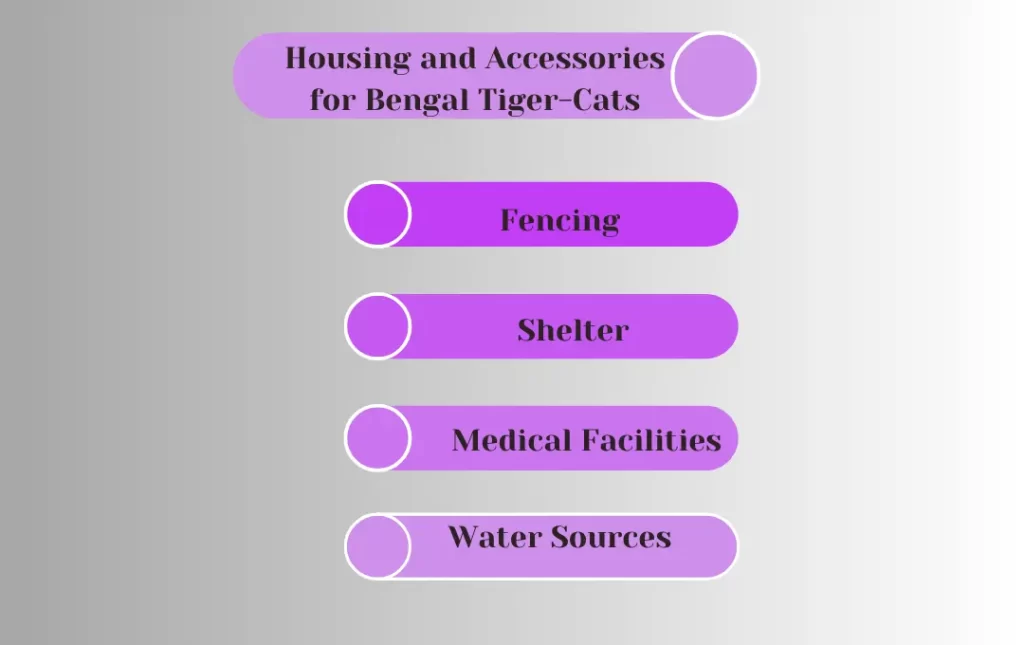
Cat Furniture and Climbing Structures: Bengal cats are known for their active and playful nature. Investing in cat furniture, scratching posts, and climbing structures is crucial to satisfy their natural instincts. Cat trees, shelves, and perches give your Bengal cat vertical space to explore, play, and observe their surroundings. The cost of cat furniture varies depending on size, design, and quality.
Bedding and Comfortable Resting Areas: Providing comfortable and cozy resting areas for your Bengal cat is essential. Cat beds, blankets, and soft cushions offer a sense of security and comfort. The cost of bedding varies based on the quality and type of materials used.
Litter Boxes and Accessories: Having appropriate litter boxes and accessories is important for maintaining your Bengal cat’s hygiene and comfort. Consider providing covered litter boxes, litter mats, and scoops. The cost of litter boxes and accessories can vary depending on the design and features.
Toys and Enrichment Accessories: Toys and enrichment accessories play a crucial role in keeping Bengal cats mentally and physically stimulated. Puzzle feeders, interactive toys, and feather wands provide opportunities for play and mental engagement. The cost of toys and enrichment accessories can vary based on their complexity and features.
Scratching Posts and Accessories: Bengal cats have a natural instinct to scratch and mark their territory. Providing scratching posts and accessories helps prevent them from damaging furniture. Scratching posts, pads, and toys designed for scratching are essential accessories. The cost of scratching posts varies based on size and quality.
Cat Carriers and Travel Accessories: Having a secure and comfortable cat carrier is essential for trips to the veterinarian and other travel situations. Invest in a well-ventilated and sturdy carrier that provides a safe space for your Bengal cat. The cost of cat carriers varies based on size and features.
Cost Considerations: The costs associated with housing and accessories for Bengal tiger cats can vary depending on the size of your living space, your preferences, and the specific needs of your cat. While some basic accessories are essential, such as litter boxes and scratching posts, other items like cat furniture and enrichment toys can be chosen based on your budget and your cat’s preferences.
Benefits of Housing and Accessories: Investing in appropriate housing and accessories for your Bengal tiger cat offers several benefits, including:
- Meeting their natural instincts for play, exploration, and scratching.
- Providing a comfortable and stimulating environment that supports their well-being.
- Reducing the likelihood of destructive behavior due to boredom.
- Strengthening the bond between you and your cat through interactive play.
Researching Reputable Bengal Cat Breeders
To ensure the well-being of both the cat and the buyer, it’s imperative to purchase a Bengal tiger cat from a reputable breeder. This section guides readers through the process of identifying trustworthy breeders, asking the right questions, and avoiding potential scams that could lead to costly disappointments.
Alternatives to High-Priced Bengals
Not everyone may be able to afford the steep prices associated with Bengal tiger cats. In this section, we explore alternative options for cat enthusiasts who desire a cat with a similar appearance or temperament without breaking the bank.
Legal and Ethical Considerations
Depending on where you live, owning a Bengal tiger cat may have moral and legal obligations. Owning exotic hybrid cats is prohibited in some areas, while tight regulations are in place in other areas to protect the welfare of these animals. To provide readers with a thorough grasp of the possible legal and ethical ramifications, we go into these factors.
The Emotional Value of Bengal Tiger-Cats: Beyond their monetary worth, Bengal tiger cats offer immense emotional value to their owners. From their playful antics to their loyal companionship, these cats become cherished family members. This section explores the priceless bond that forms between Bengal cat owners and their feline friends

frequently asked question
Conclusion
In conclusion, a number of elements that go beyond the original financial commitment are included in the Bengal tiger cat pricing. Although having one of these special feline friends has a price, the love, joy, and companionship cats bring into our lives are absolutely priceless. The decision should always be motivated by a sincere desire to give these wonderful animals a loving and nurturing home, regardless of whether one decides to invest in a Bengal tiger cat or investigate other feline possibilities.

